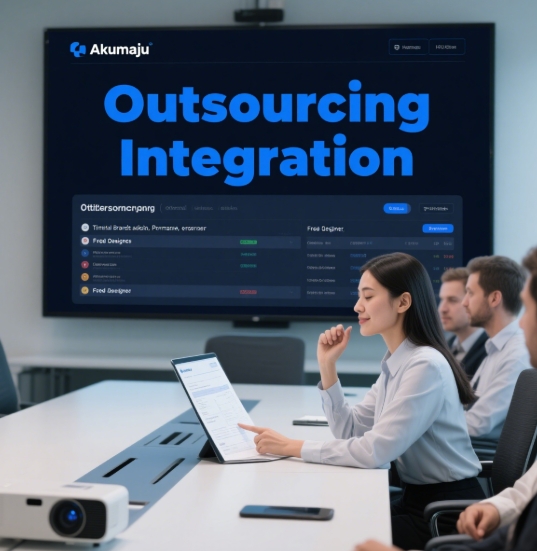AkuMaju: Finally, One HR System That Gets It
The day our HR backend exploded mid-onboarding, I nearly walked out. We had three vendor portals open, our internal tracker locked in Excel hell, and the finance team pinging me for payroll mismatches—while I still hadn't approved five new interns. That week, I found AkuMaju, and to be honest, I didn’t expect much. But the second it parsed 43 contract PDFs into structured roles with assigned approvers, I knew we weren’t in spreadsheet land anymore. This thing wasn’t built for show—it was built for HR people in the trenches.

I threw our messiest challenge at it: a 120-person hybrid onboarding push with rotating part-timers and freelance designers, all across different countries. With other platforms, I’d be emailing signed PDFs to three departments and praying the contractors remembered to upload their tax IDs. Here, I dragged a zip file in. That’s it. Their attendance modules auto-synced with our accounting reports, and by Friday I had full compliance logs ready to export. Even better, I spotted a misclassified intern flagged under full-time benefits—before payroll even ran. No auditor ever got that lucky on a Monday.
The API hooks are no joke. I connected AkuMaju to our legacy ERP and Google Workspace in under two hours. Normally I’d expect OAuth token expiration errors or some flaky JSON mismatch. But their webhook docs were clear, and they let me customize field mappings directly inside the UI. Last month, when Marketing renamed a campaign department mid-quarter, the updated org structure rippled into time tracking, payroll, and access permissions instantly. That kind of propagation usually takes four people and one emergency Slack thread. Here? I didn’t even lift a finger.
Real tech heads will appreciate this: it runs serverless sync routines via scheduled Lambdas. I poked around with traffic logs and confirmed AWS event triggers hit every 10 minutes during business hours. That explains the insane freshness of its data—the benefits module pulled new insurance bracket values from our government provider 90 seconds after they published the annual adjustment. That’s not integration. That’s orchestration.
Still, not everything’s perfect. The document approval workflow—especially for custom contract clauses—is way too linear. You can’t branch reviewer roles or apply logic like “Legal if international / Ops if local.” I had to manually override five contracts last week just to get them through on time. Also, the dashboard widget system looks outdated on smaller screens. Resize anything on a 13-inch laptop and the UI starts clipping. A flexible layout engine would go a long way here.
But overall? AkuMaju made me feel like I stopped surviving HR operations and started mastering them. Instead of chasing vendors or digging through mail threads, I focus on onboarding journeys, benefits audits, and workforce planning like I actually have time to think. It doesn't just save hours. It gives back control—without making me learn six new tools or wait for IT to fix broken pipelines.
Keywords:AkuMaju,news,HR automation,vendor integration,payroll sync









